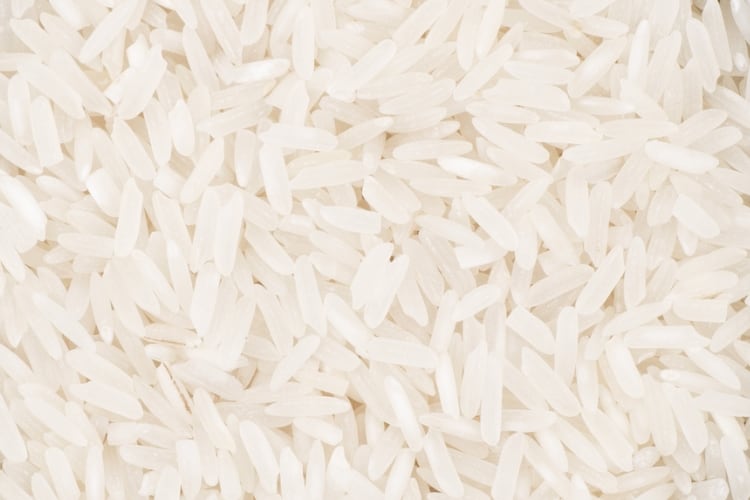One particular solution that has been trialed is for rice in milk, or rice pudding.
Adding rice to milk requires washing steps to reduce starch levels from the rice. It then needs to be cooked sufficiently to reduce bacterial load and mixed with the milk to produce a stable and homogenous product.
Although much of the technology used is already utilized in other dairy processes, the use of plant-based ingredients requires new process parameters to be determined, SPX FLOW said.
It is critical that the product maintains its quality throughout its shelf life, tasting as good as it did on the day it was produced, the company added. This requires stability tests and shelf life studies to be carried out and, as the products are designed as ‘healthy alternatives’, clean label production requires that desired longevity of the product is achieved without the use of stabilizers, emulsifiers, artificial flavors or colors.
The ultra-clean rice in milk process tested at ENIL starts with standardization, heat treatment and homogenization of the raw milk. At the same time as the milk is being treated, the rice is washed and then cooked in a specially-designed cooker. Once these process steps are completed, the rice is added into the milk and it undergoes a final heat treatment stage, using equipment designed for high viscosity fluids. The process is a continuous one and is configured to optimize production efficiency with low losses and short clean-in-place (CIP) cycles.
The specific recipe tested at ENIL consisted of 9% rice, 5% sugar and a cooking temperature of 95°C for 30 minutes. Eighty percent of the raw milk in the recipe was used to cook the rice. The remaining 20% of the milk was used for cooling the treated product.
Pranav Shah, process category director – fresh dairy, at SPX FLOW, said, “We are working proactively to develop plant-based technologies and solutions. The tests we have been carrying out include the ultraclean production of rice in milk. We have also designed an aseptic process using an ultra-high temperature (UHT) autoclave. This creates product that can be transported and stored at ambient temperatures, which increases market opportunities due to extended shelf life.”
Aseptic rice in milk
To produce an ambient temperature, aseptic product, the rice was cooked at 121°C for 15 minutes in a UHT autoclave. This system further incorporates aseptic equipment at the cooker outlet, including membrane valve and pump shaft seal with steam, as well as an aseptic filling machine.
The process line can be configured for partial cooling with aseptic milk or to use all the milk for cooking with cooling via a double jacket vacuum. The system is designed for efficient CIP or sterilize-in-place (SIP) cycles to meet application needs.
Shah said, “We are also doing a lot of work looking at solutions for combined milk and plant recipes and plant based fermented products. This is a growing market area and one in which we are well-placed to develop innovative, high quality, efficient processing solutions through our own expertise and partnership with the university at ENIL.”
Innovation centers
Falling into the fresh dairy dessert category, the rice in milk product produced in the trials is novel, SPX FLOW said, adding that without the need for a cold chain, the aseptic system offers a fast return on investment. With additional recipe trials, it also has the potential to produce a variety of different products using alternative plant ingredients that require cooking and mixing.
“Our innovation centers are widely used to develop and test new recipes and processes. They have been proven to reduce the time to market and help in the selection of the optimum processes to meet application needs prior to full scale production,” Shah said.
“We are working closely with industry leaders in this market segment, who are forerunners in plant-based products. We have undertaken academic and practical studies with them. This is an exciting area of our business and one which, I believe, opens new market spaces and offers huge opportunities for innovative dairy producers.”

